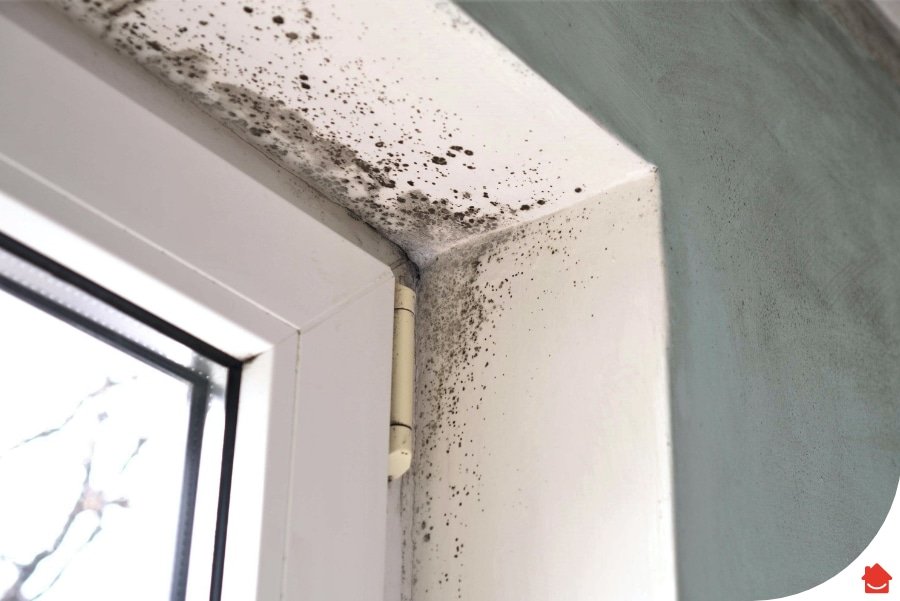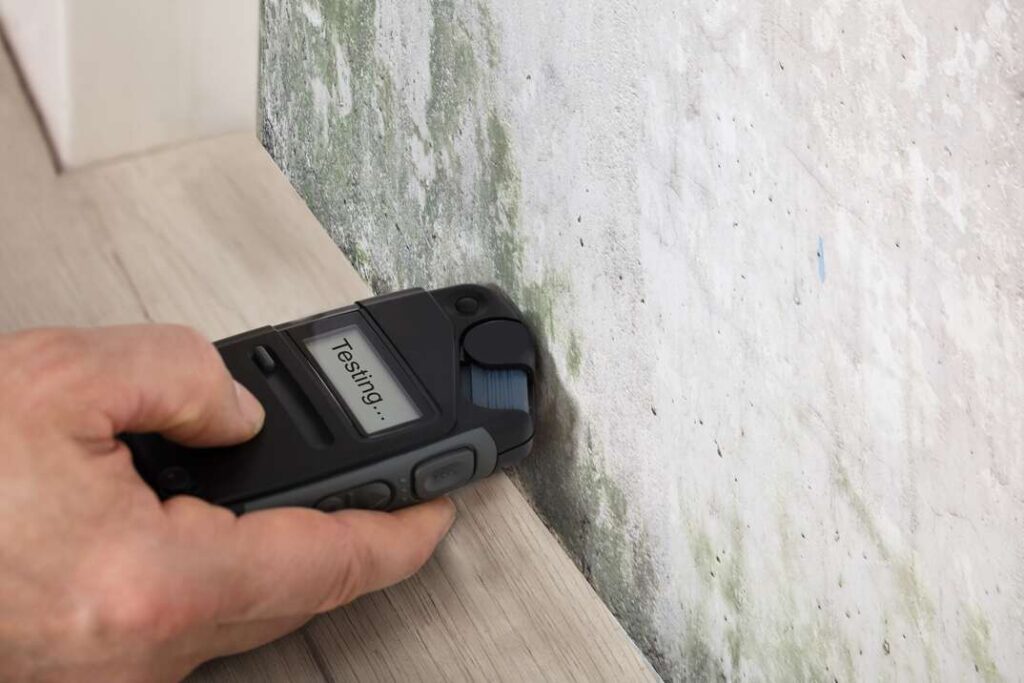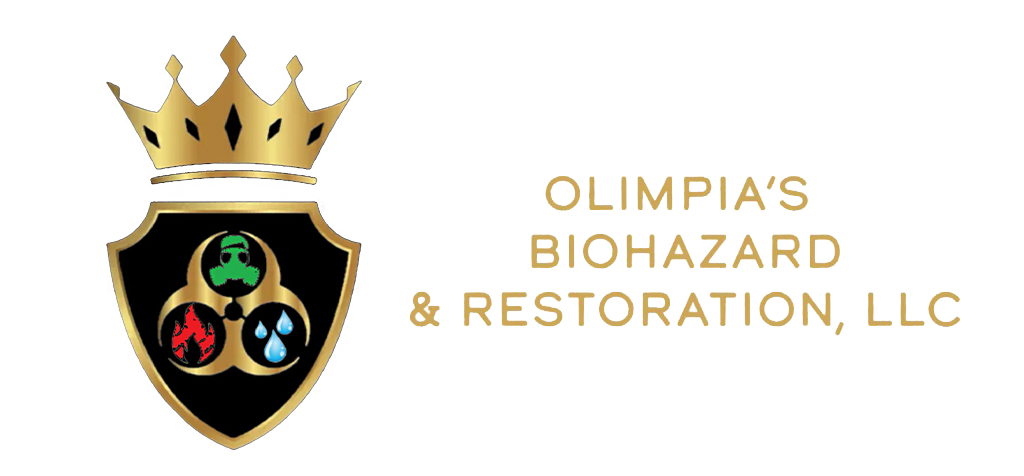In the realm of indoor air quality and structural integrity, the menace of mold remains a silent and often undetected adversary. Mold, a type of fungus, thrives in damp and humid environments, posing risks not only to the aesthetics of our living spaces but also to our health. Recognizing the critical role of moisture in mold growth, the advent of moisture meters has emerged as a pivotal tool in the battle against this hidden invader. In this comprehensive exploration, Olympia’s Biohazards & Restoration LLC will help you enter into the multifaceted world of moisture meters, understanding their significance, types, and applications in the relentless pursuit of mold detection and prevention.
The Fundamentals of Mold Growth:
Before understanding the role of moisture meters, it’s crucial to grasp the fundamentals of mold growth. Mold spores, omnipresent in our environment, require specific conditions to flourish – chiefly, moisture and an organic substrate. When these prerequisites are met, mold colonies can develop rapidly, feeding on materials like wood, drywall, or even carpeting. The insidious nature of mold lies in its ability to proliferate undetected behind walls, under flooring, or in the nooks and crannies of our homes, releasing spores that can trigger allergies and respiratory issues.
The Nexus Between Moisture and Mold:
Moisture serves as the linchpin for mold proliferation. High humidity levels, water leaks, or flooding incidents can create a conducive environment for mold to thrive. Trying to understand how to prevent mold in high-moisture areas in your Portland home will assist you greatly in the moist and mold regard. Consequently, the key to effective mold prevention lies in controlling and monitoring moisture levels. This is where moisture meters come into play, offering a proactive approach to identify and rectify potential problem areas before mold gains a foothold.


The Anatomy of Moisture Meters:
In the intricate world of moisture meters, their anatomy unfolds into distinct types tailored for diverse applications. Penetrating meters, armed with probes, delve into materials like wood and drywall, providing precise sub-surface moisture readings. On the other hand, non-penetrating meters offer non-invasive surface-level assessments, making them efficient for quick checks on walls and ceilings. Hygrometers focus on air moisture, measuring relative humidity—a vital aspect in predicting and preventing mold growth. Together, these instruments form a comprehensive arsenal for professionals and homeowners in the ongoing battle against the hidden threat of mold.
Applications Across Industries:
1. Construction and Real Estate:
Moisture meters are invaluable tools during construction and real estate transactions. They aid in identifying water damage, ensuring that structures are built on a solid foundation free from moisture-related issues.
2. Home Inspection:
During home inspections, moisture meters empower inspectors to unearth concealed moisture problems, preventing potential mold outbreaks and safeguarding the health and well-being of future occupants. Reading about the relationship of mold and children’s health will help you gain a wider insight of the problem in Portland.
3. Restoration and Remediation:
In the aftermath of water damage incidents, a swift and efficient response is paramount to prevent further structural degradation and the onset of mold. Moisture meters play a pivotal role in this critical phase, allowing restoration professionals to meticulously assess the depth and spread of moisture infiltration. Armed with this precise information, they can enact targeted remediation strategies, swiftly drying affected areas and creating an inhospitable environment for mold colonization, thereby safeguarding the integrity of the structure.
4. Healthcare Facilities:
Within healthcare settings, ensuring optimal indoor air quality is not merely a priority but a critical necessity. Moisture meters prove indispensable in this mission, actively contributing to the prevention of mold growth. This becomes especially crucial for patients with compromised immune systems, as mold-free environments are essential for their well-being and recovery.
The Proactive Approach to Mold Prevention:
1. Early Detection:
Moisture meters serve as proactive sentinels, providing an invaluable early warning system for homeowners and professionals. Their capability to detect potential moisture problem areas allows for swift intervention before issues burgeon into full-blown mold infestations. This preemptive approach not only safeguards the structural integrity of homes but also ensures a healthier living environment for occupants.
2. Precision in Remediation:
The precision of moisture meters in pinpointing both the source and extent of moisture intrusion is instrumental in streamlining remediation efforts. This detailed insight empowers professionals to execute targeted and effective interventions, minimizing the necessity for extensive and costly repairs. By addressing the root cause with surgical accuracy, moisture meters contribute to both efficient restoration and prudent financial stewardship.
3. Data-Driven Decision Making:
Moisture meters, by furnishing precise quantitative data, empower both individuals and professionals to make well-informed decisions in moisture control. This data-driven approach ensures a proactive and preventive stance in mold management, allowing for strategic interventions before issues escalate. In the hands of users, these devices become not just tools but beacons guiding a vigilant and effective defense against the insidious threat of mold.


Challenges and Considerations:
While moisture meters are powerful tools in the fight against mold, it’s essential to acknowledge their limitations. Factors such as material composition, temperature variations, and calibration accuracy can influence the readings, that may not need any consideration when contacting efficient mold-prevention professionals. Regular maintenance and calibration of moisture meters are imperative to ensure their reliability.
Material Variability:
- Diverse reactions of building materials to moisture can impact the precision of moisture meter readings.
- Users must interpret readings with an awareness of how different materials interact with moisture.
Environmental Factors:
- Temperature differentials and ambient conditions may influence moisture meter readings.
- Understanding the environmental impact on measurements is crucial for accurate interpretation.
Calibration Accuracy:
- Regular calibration is essential for maintaining the accuracy and reliability of moisture meters.
- Calibration ensures consistent and dependable readings over time.
User Proficiency:
- Misinterpretation of readings or improper use of moisture meters can compromise their effectiveness.
- User training and proficiency are vital for extracting maximum benefit from these tools in mold prevention efforts.
Technological Advancements:
- Continuous efforts to enhance moisture meter technology are critical.
- Advancements ensure that these tools evolve to meet the dynamic challenges posed by diverse building materials and environmental conditions.
Understanding and addressing these challenges is paramount for users, enabling them to navigate the intricacies of moisture meter applications effectively and reinforcing their role as key instruments in the ongoing battle against mold.
Conclusion
In the relentless battle against mold, moisture meters emerge as indispensable allies, arming individuals and professionals with the tools needed to detect and mitigate moisture-related issues. From construction sites to healthcare facilities and everyday homes, these devices play a pivotal role in fostering environments that are inhospitable to mold growth. As technology continues to advance, the synergy between innovation and mold prevention will undoubtedly pave the way for healthier, safer living spaces. There are a few well-know mold-prevention service providers in Portland who may take care iof all your worries regarding mold. By embracing the proactive use of moisture meters, we take a significant stride toward unmasking and eliminating the hidden threat that mold poses to our homes and well-being.
FAQ’s
Can a moisture meter detect mold?
No, moisture meters cannot directly detect mold. Instead, they measure the moisture content in materials, which is crucial for mold growth. By identifying areas with elevated moisture levels, moisture meters indirectly signal potential conditions conducive to mold, prompting further investigation for mold presence.
How does moisture meter detect moisture?
Moisture meters detect moisture by measuring electrical conductivity or capacitance in materials using penetrating probes, or through electromagnetic and infrared technologies in non-penetrating meters, providing precise readings on the material’s moisture content.
How do you test for invisible mold?
Testing for invisible mold involves air or surface sampling. Air samples capture airborne mold spores, while surface samples collect particles from suspected areas, both analyzed in a laboratory to identify and quantify mold presence.
How does mold detection work?
Mold detection typically involves air or surface sampling to collect mold particles. These samples are then analyzed in a laboratory, enabling the identification and quantification of mold species and concentrations.
What are the advantages of moisture sensors?
Moisture sensors offer real-time monitoring of environmental conditions, providing early detection of potential issues. They help prevent mold growth by allowing prompt intervention, minimizing structural damage, and promoting a healthier indoor environment. Additionally, they contribute to energy efficiency by optimizing moisture levels for various applications.
